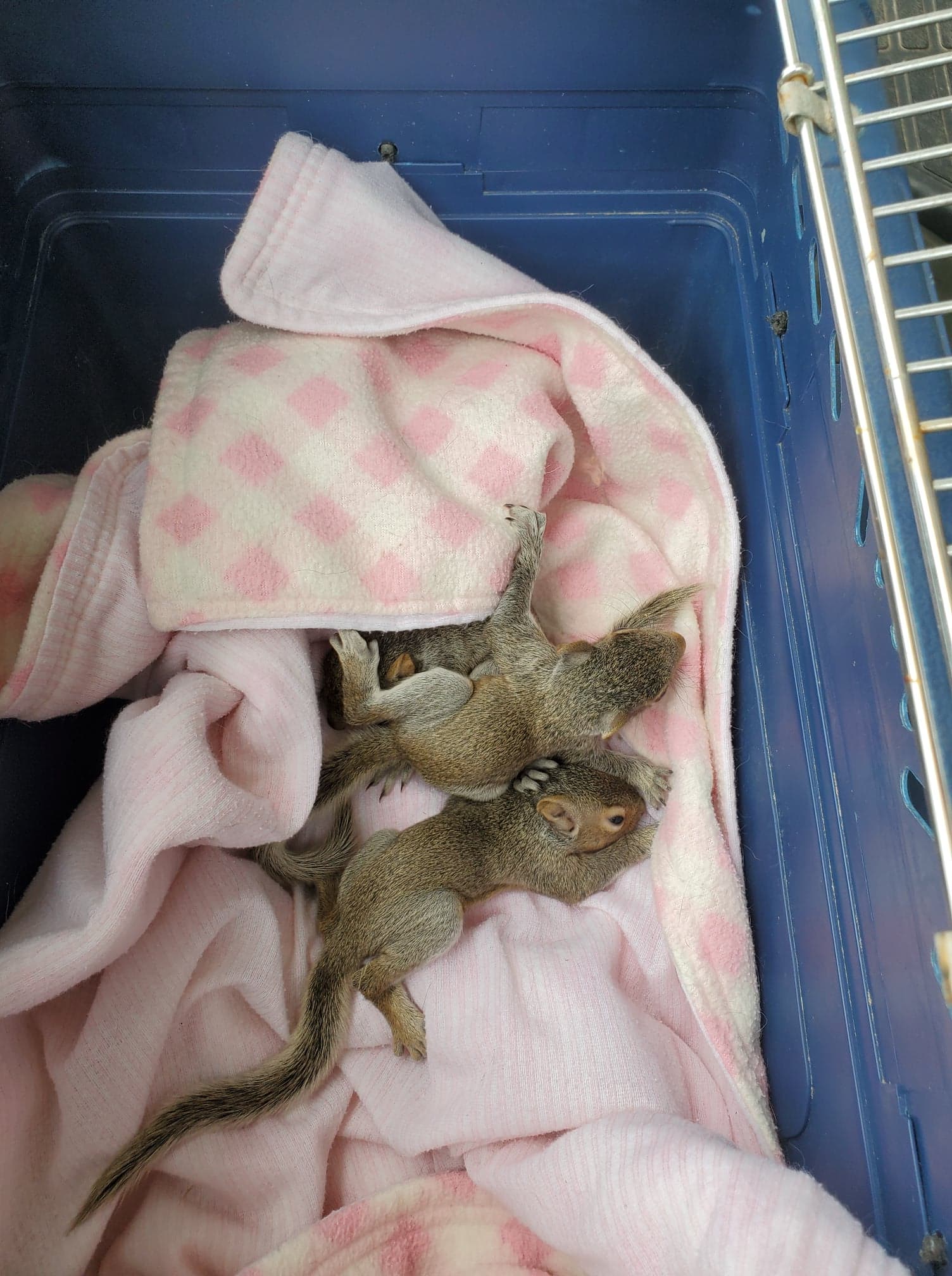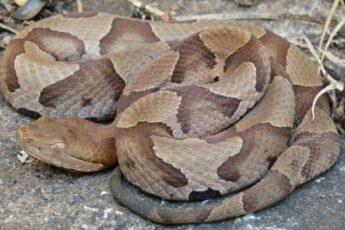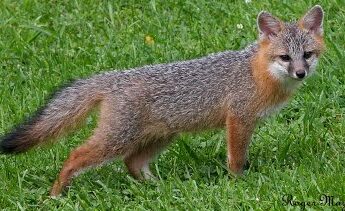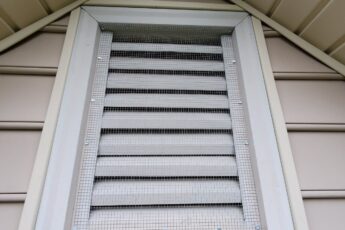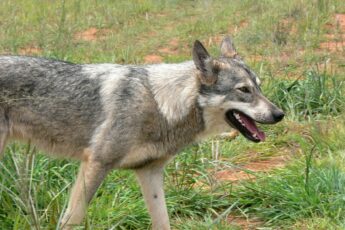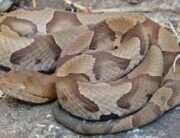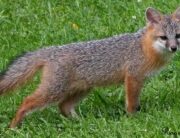There are more than 200 different species of squirrels around the world; however, there are three main species of squirrels that are commonly found in North Carolina. The three most common types of squirrels in North Carolina are gray squirrels, fox squirrels and flying squirrels. These squirrels come in a variety of colors and sizes, and some of them can be potentially dangerous to your home.
Below are the unique characteristics for each type of squirrel that is commonly found in North Carolina:
-
Gray Squirrels
The eastern gray squirrel is the most common squirrel found throughout North Carolina. Gray squirrels can be found in every county throughout the state, and the gray squirrel was adopted as the state mammal in 1969. These squirrels usually have white belly with gray fur. These squirrels typically live around areas with large amounts of tree nuts; however, they are never afraid to eat from a trash can or bird feeder. Female gray squirrels also give birth to large litters around this time of year, as nuts are more plentiful during the winter.
-
Fox squirrels
This is the largest of North Carolina’s squirrels, and it is nearly twice the size of the common gray squirrel. These squirrels come in a variety of colors, and they mainly live in pine forests in the Sandhills and southern Coastal Plain. These squirrels can also be found in forests in the northwestern part of North Carolina.
-
Flying Squirrels
There are two different types of flying squirrels in North Carolina. Southern flying squirrels are more common, and they can be identified by small their size, as well as a distinct cape of loose skin which is bordered in black. Northern flying squirrels are about 1/3rd larger than southern flying squirrels, and they are commonly found in the North Carolina mountain regions and other areas with high elevation. Click here to learn more about flying squirrels!
How Gray Squirrels Can Be Dangerous to Homes:
Out of all of the types of squirrels in North Carolina, gray squirrels are the most common type that are found in homes. Most of the damage that we see from gray squirrels is in the attic of homes. Attics offer warm and quiet nesting locations for squirrels. Gray squirrels can feel heat coming through construction gaps, and they will eventually chew their way into the attic of a home. These squirrels may also try and enter your home if there are any small holes. Along with chewing into homes, gray squirrels may also feed on vegetables in your garden or take seeds from your bird feeders.
If you are having issues with gray squirrels around your home, get in touch with us! We will inspect your home and safely remove the unwanted wildlife. We also provide wildlife exclusion services to keep squirrels and other unwanted wildlife out of your home.

